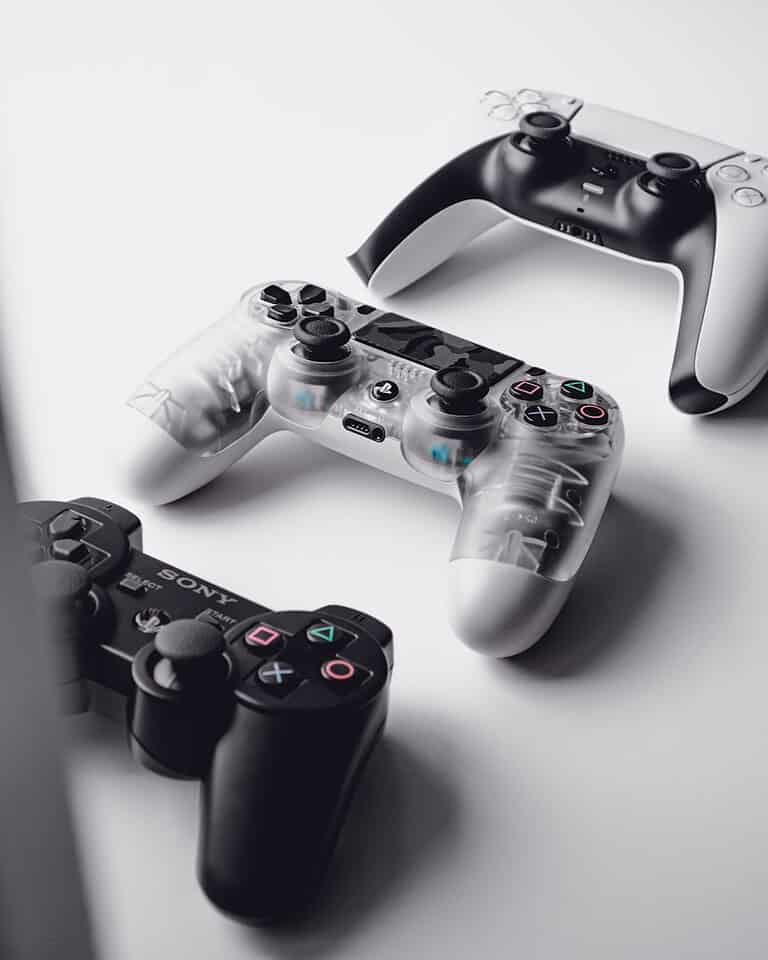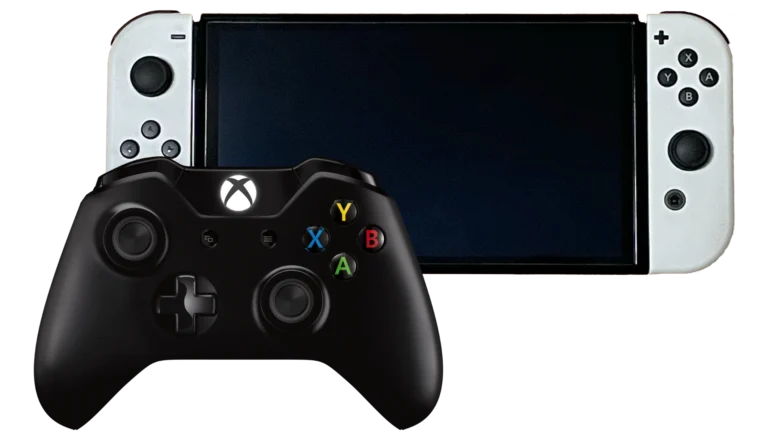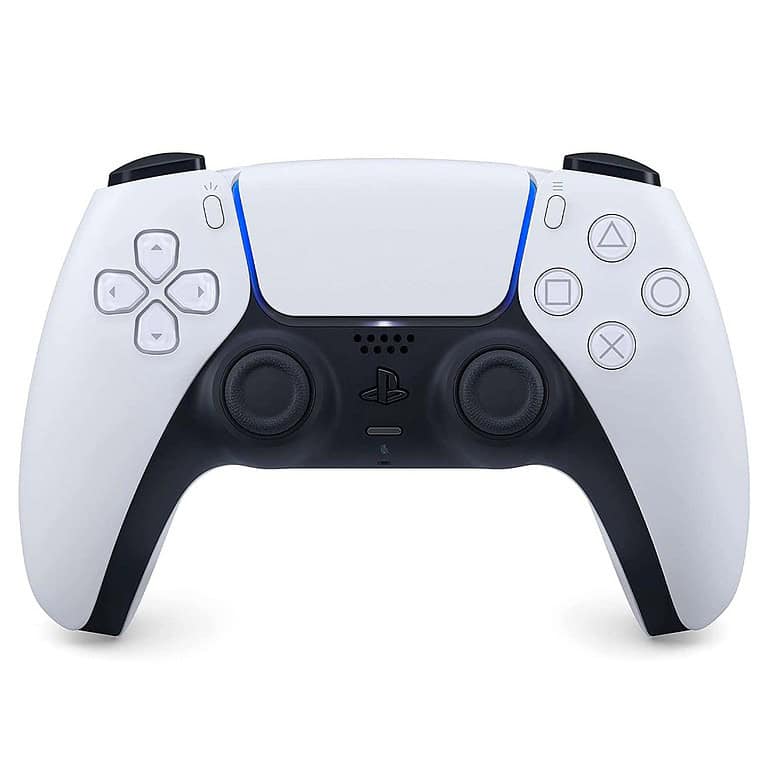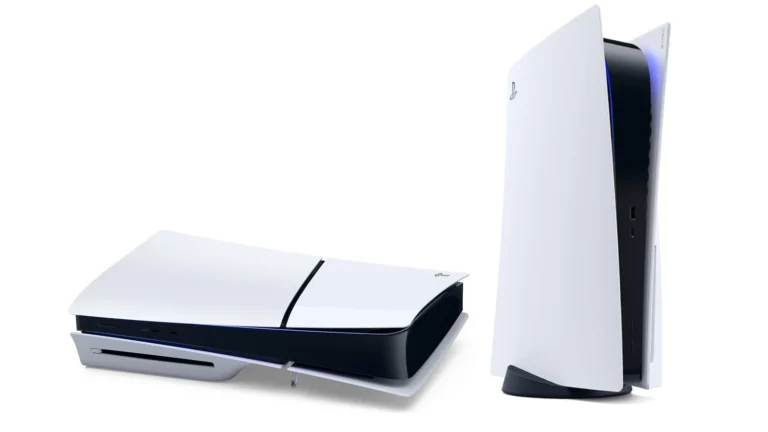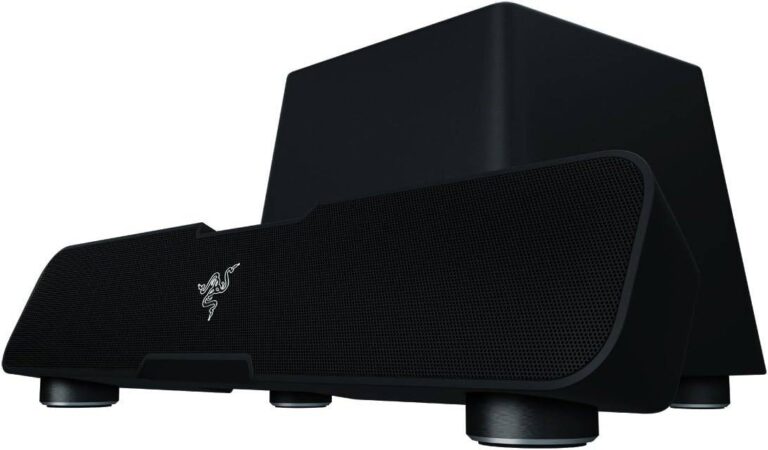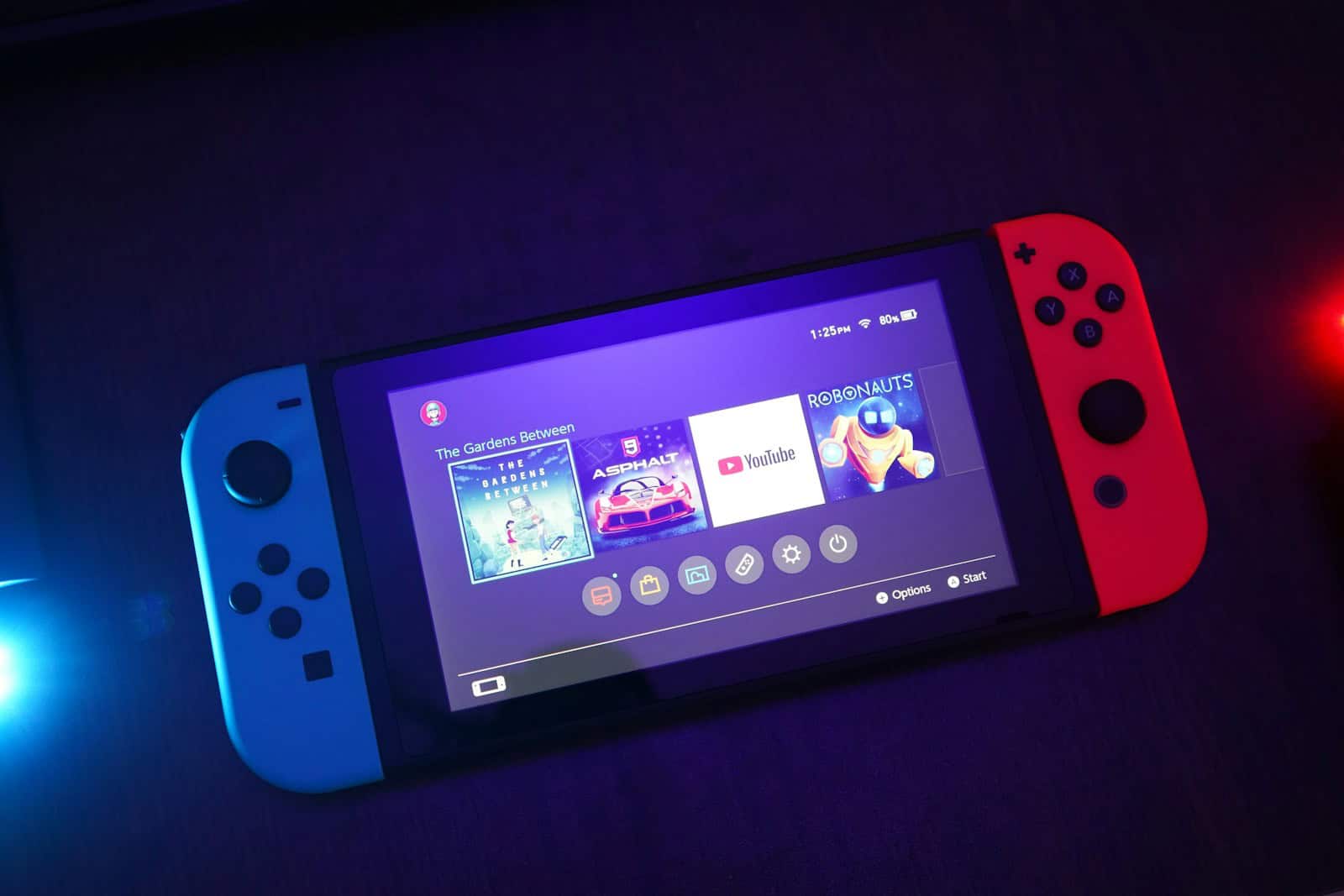
Nintendo has been a leader in handheld gaming for decades and the company’s portable consoles have captivated players around the world. From the Game Boy to the Switch, Nintendo’s handheld devices have shaped the video game industry and brought joy to millions. Now that it’s widely expected that Nintendo will be revealing the Switch 2 over the coming months, we take a look at the company’s rich and storied handheld history.
These pocket-sized powerhouses have evolved over time. Each new model brought improved graphics, innovative features, and exciting games. Nintendo’s handhelds let people play their favorite titles anywhere, anytime.
The story of Nintendo’s handhelds is one of constant innovation. It shows how far gaming technology has come. These devices have left a lasting mark on pop culture and continue to influence how we play games today.
Nintendo’s Handheld Legacy: A Journey Through Time
Nintendo, a name synonymous with gaming innovation, has left an indelible mark on the handheld console market. From the iconic Game Boy to the revolutionary Switch, the company’s dedication to portable gaming has entertained generations. Let’s embark on a journey through time, exploring the evolution of Nintendo’s handheld consoles, each representing a significant step in the history of interactive entertainment.
The Pioneers
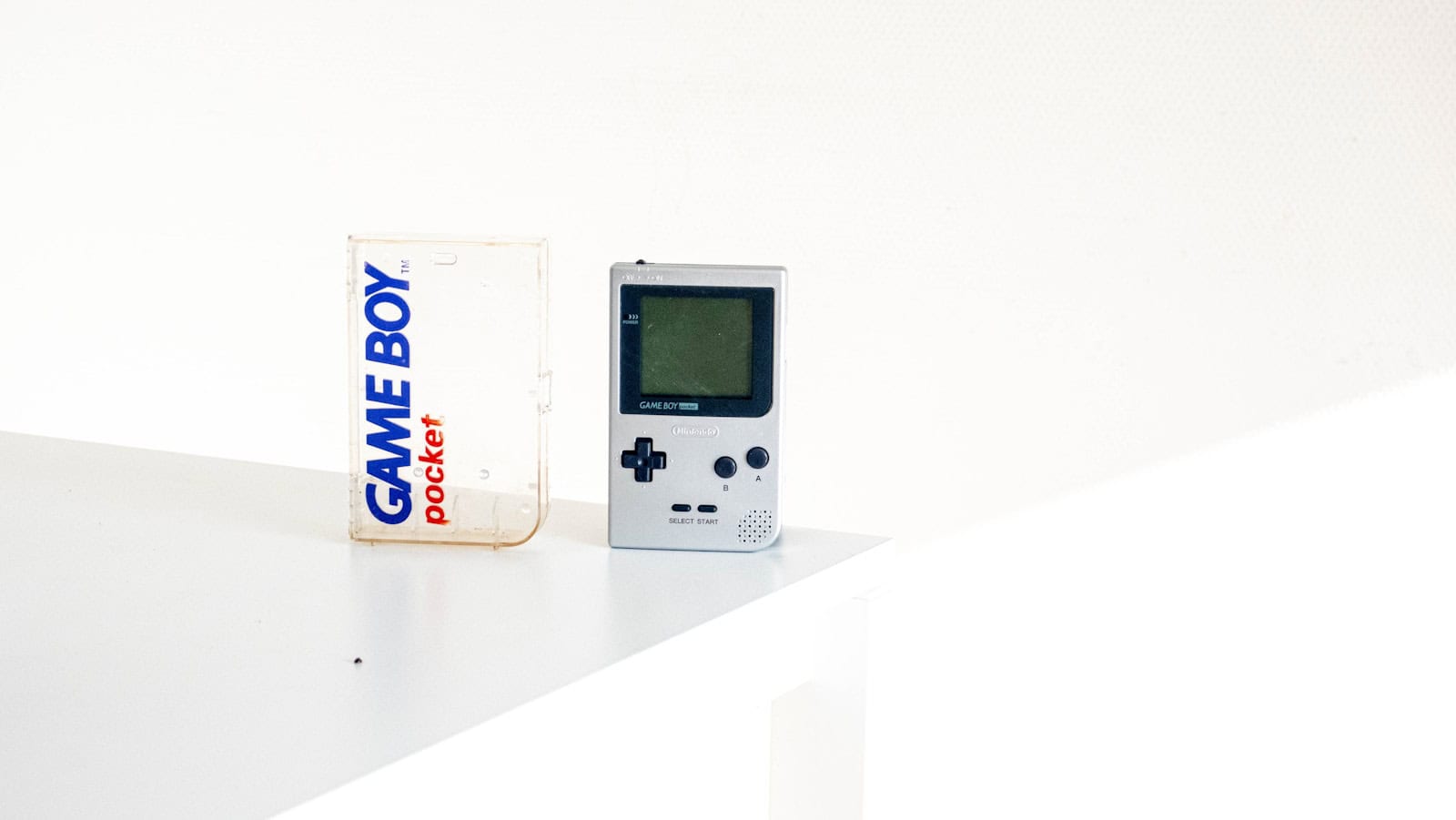
- Game & Watch (1980): The precursor to Nintendo’s handheld dominance, Game & Watch featured simple yet addictive LCD games, setting the stage for future innovations.
- Game Boy (1989): The Game Boy’s iconic design and timeless classics like Tetris and Pokémon Red and Blue solidified Nintendo’s position in the handheld market.
- Virtual Boy (1995): A bold experiment in 3D gaming, the Virtual Boy’s limited library and uncomfortable design led to its commercial failure, yet it remains a curious footnote in Nintendo’s history.
The Color Era

- Game Boy Color (1998): Bringing vibrant hues to portable gaming, the Game Boy Color breathed new life into the Game Boy library while introducing colorful new titles like Pokémon Gold and Silver.
- Game Boy Advance (2001): With its powerful 32-bit processor, the Game Boy Advance ushered in a new era of handheld gaming, boasting impressive graphics and a vast library of games.
- Game Boy Advance SP (2003): A sleek, clamshell design with a frontlit screen, the Game Boy Advance SP offered improved portability and visibility, making it a favorite among gamers.
Dual Screens and Touch Controls

- Nintendo DS (2004): The dual-screen, touch-enabled Nintendo DS revolutionized handheld gaming, introducing innovative gameplay mechanics and a massive library of titles for all ages.
- Nintendo DS Lite (2006): A slimmer, lighter version of the original DS, the DS Lite offered enhanced portability and a brighter screen, solidifying the system’s popularity.
- Nintendo DSi (2009): Adding cameras and downloadable content, the DSi expanded the DS’s capabilities, paving the way for a more connected handheld experience.
3D without Glasses

- Nintendo 3DS (2011): With its glasses-free 3D display and robust library of games, the 3DS continued Nintendo’s tradition of innovation, captivating gamers with immersive visuals.
- Nintendo 3DS XL (2012): A larger version of the 3DS, the 3DS XL offered bigger screens and a more comfortable gaming experience.
- Nintendo 2DS (2013): A budget-friendly option without 3D functionality, the 2DS provided an accessible entry point into the 3DS library.
- New Nintendo 3DS (2015): Upgraded processing power, improved 3D visuals, and additional buttons enhanced the 3DS experience, extending the system’s lifespan.
The Hybrid Revolution

- Nintendo Switch (2017): Blurring the lines between handheld and home console gaming, the Switch’s unique design and impressive library of games have made it a global phenomenon.
- Nintendo Switch Lite (2019): A dedicated handheld version of the Switch, the Switch Lite offers a more compact and affordable option for gaming on the go.
- Nintendo Switch – OLED Model (2021): Featuring a vibrant OLED screen and other refinements, the OLED Model delivers an even more immersive and enjoyable Switch experience.
The Future
The future of Nintendo lies in the Switch 2, which should be a huge seller and continue Nintendo’s dominance in the handheld market. The next generation Nintendo hybrid console is expected to bring the Switch line into the modern day with a significant boost in processing power and graphics capabilities powered by NVIDIA chips. Expect 4K Resolution native with stunning, sharper visuals and a more immersive experience (particularly on larger displays).
While Nintendo hasn’t made it official, we expect full backward compatibility with existing Switch games and all new features to be introduced like better battery life, a larger and brighter screen, enhanced Joy-Con controllers, and expanded online capabilities.
The Switch 2 is expected to release sometime in 2025 and will likely be the biggest selling console of the year.
Table of Nintendo Handhelds
| Console | Release Year | Notable Features |
|---|---|---|
| Game & Watch | 1980 | Simple LCD games, portable design |
| Game Boy | 1989 | Monochrome display, iconic design, interchangeable cartridges |
| Virtual Boy | 1995 | 3D display, head-mounted design |
| Game Boy Color | 1998 | Color display, backward compatibility with Game Boy games |
| Game Boy Advance | 2001 | 32-bit processor, improved graphics and sound |
| Game Boy Advance SP | 2003 | Clamshell design, frontlit screen |
| Nintendo DS | 2004 | Dual screens, touch screen, microphone |
| Nintendo DS Lite | 2006 | Slimmer, lighter design, brighter screen |
| Nintendo DSi | 2009 | Cameras, downloadable content |
| Nintendo 3DS | 2011 | Glasses-free 3D display, improved graphics |
| Nintendo 3DS XL | 2012 | Larger screens |
| Nintendo 2DS | 2013 | No 3D functionality, budget-friendly |
| New Nintendo 3DS | 2015 | Upgraded processor, improved 3D, additional buttons |
| Nintendo Switch | 2017 | Hybrid console, detachable controllers |
| Nintendo Switch Lite | 2019 | Dedicated handheld, smaller and lighter |
| Nintendo Switch – OLED Model | 2021 | OLED screen, improved audio, wider kickstand |
| Nintendo Switch 2 | 2025 | Coming Soon* |
Key Takeaways
- Nintendo’s handhelds have changed gaming over the past 30+ years
- Each new device brought major improvements in graphics and features
- These consoles have had a big impact on pop culture and portable entertainment
Evolution of Nintendo Handheld Consoles
Nintendo has shaped portable gaming with innovative devices. Their handhelds have grown from simple screens to powerful systems that blend home and mobile play.
The Game Boy Era
The Game Boy started Nintendo’s handheld success in 1989. It had a small LCD screen and simple controls. The device played games on cartridges.
Game Boy Pocket came out in 1996. It was smaller and had a better screen. Game Boy Light followed in 1998, adding a backlight for easier viewing.
Game Boy Color arrived in 1998. It brought color graphics to the system. This model could play both new color games and old Game Boy titles.
These early handhelds set the stage for Nintendo’s future portable devices.
Transition to Advanced Handhelds
The Game Boy Advance (GBA) launched in 2001. It was a big step up in power. The GBA had a wider screen and better graphics than its predecessors.
In 2003, Nintendo released the Game Boy Advance SP. This model added a front-light and a folding design. It was more compact and easier to carry.
The GBA line played a huge library of games. It kept backward compatibility with older Game Boy titles. This feature helped it sell over 81 million units.
These devices bridged the gap between simple and more complex portable gaming systems.
The DS Revolution
Nintendo DS came out in 2004. It had two screens, with the bottom one being a touchscreen. This new setup allowed for unique gameplay.
The DS Lite followed in 2006. It was smaller and brighter than the original DS. In 2008, the DSi added cameras and the ability to download games.
Nintendo’s Wi-Fi Connection let DS users play online. This feature opened up new ways to enjoy games with others.
The DS family was a huge hit. It sold over 154 million units worldwide. Its success showed that innovative design could change how people play games.
The 3D Generation
In 2011, Nintendo launched the 3DS. This device could show 3D images without special glasses. It was a new way to experience games.
The 2DS came out in 2013. It played 3DS games but without the 3D effect. It had a simpler design for younger players.
New versions like the New 3DS and New 2DS XL came later. They had more power and extra controls. These models improved on the original designs.
The 3DS family continued Nintendo’s tradition of unique handhelds. It sold over 75 million units and hosted many popular game series.
Switching to Hybrid Gaming
The Nintendo Switch arrived in 2017. It wasn’t just a handheld. It could also connect to TVs for home gaming.
The Switch has detachable Joy-Con controllers. These can be used in different ways for various games. The system also has HD Rumble for better vibration feedback.
In 2019, Nintendo released the Switch Lite. This version is for handheld play only. It’s smaller and costs less than the regular Switch.
An OLED model came out in 2021. It has a better screen for handheld mode. The Switch line shows Nintendo’s move toward devices that work both at home and on the go.
Nintendo’s Handheld Legacy in Pop Culture
Nintendo’s handheld devices have left a big mark on pop culture. They brought games to people’s pockets and shaped how we play on the go.
Iconic Nintendo Franchises
Nintendo’s handhelds helped many game series grow famous. Pokémon became huge thanks to the Game Boy. Kids traded Pokémon at school using link cables.
The Game Boy also made Tetris a hit. People played it everywhere. Mario, Zelda, and Kirby had great handheld games too. These games became part of daily life for many players.
Fire Emblem and Advance Wars found success on handhelds. They helped turn strategy games into a popular genre.
Impact on Gaming and Society
Nintendo handhelds changed how people play games. The Game Boy Advance let people take console-quality games anywhere. This made gaming more social.
The DS and 3DS added new ways to play with touch screens and 3D. Brain training games on DS got older people into gaming. Animal Crossing on handhelds let players tend to their towns daily.
Handhelds helped Nintendo stay strong when home consoles struggled. They kept the company going after the 1983 video game crash. This success let Nintendo keep making games while rivals like Sega left the hardware business.
Comparative Analysis and Technological Advancements
Nintendo’s handheld devices have changed a lot over time. They’ve gotten better screens, more power, and new ways to play games. These changes have helped Nintendo stay ahead of other companies.
Competition and Market Trends
Nintendo faced tough rivals in the handheld market. The Sega Game Gear tried to compete with the Game Boy. But Nintendo’s longer battery life and lower price won out.
Sony’s PlayStation Portable later challenged Nintendo’s DS. The PSP had better graphics. But the DS had two screens and a touch screen. This made it unique and fun for players.
Nintendo’s handhelds often beat the competition. They mixed new ideas with affordable prices. This helped them sell more units than other brands.
Technical Milestones in Handheld Devices
Nintendo made big leaps in handheld tech over the years. The Game Boy started with a simple green screen. Later models added color and backlit displays.
The DS brought dual screens and touch controls. This opened up new ways to play games. The 3DS added glasses-free 3D viewing.
Each new device got faster processors and more memory. This let games look and play better. Nintendo also added wireless features. Players could connect with others nearby or online.
Battery life improved too. Newer models could play longer between charges. This was key for gaming on the go.
Frequently Asked Questions
Nintendo has released many handheld consoles over the years. Each device brought new features and improvements to portable gaming. Let’s look at some key facts about Nintendo’s handheld history.
What was the first handheld console released by Nintendo?
The Game & Watch line was Nintendo’s first handheld gaming device. It launched in 1980. These simple electronic games each played one game on a LCD screen.
How many handheld gaming devices has Nintendo released to date?
Nintendo has released over 10 major handheld console lines since 1980. This includes the Game & Watch, Game Boy, DS, and Switch families of systems.
Can you list the Nintendo handheld consoles chronologically?
The main Nintendo handhelds in order are:
- Game & Watch (1980)
- Game Boy (1989)
- Game Boy Color (1998)
- Game Boy Advance (2001)
- Nintendo DS (2004)
- Nintendo 3DS (2011)
- Nintendo Switch (2017 – hybrid console)
What is the latest handheld console developed by Nintendo?
The Nintendo Switch is Nintendo’s newest handheld. It launched in 2017. The Switch can be used as both a handheld and a home console.
What are the distinctive features of each Nintendo handheld device throughout its history?
Each Nintendo handheld brought new ideas:
- Game & Watch: Simple LCD games
- Game Boy: Interchangeable cartridges
- Game Boy Color: Color screen
- Game Boy Advance: Improved graphics and sound
- Nintendo DS: Dual screens and touch controls
- Nintendo 3DS: 3D visuals without glasses
- Nintendo Switch: Hybrid portable/home console design
How has Nintendo’s handheld console technology evolved over time?
Nintendo’s handhelds have steadily improved in power and features. Early devices had basic screens and graphics. Newer systems have color displays, 3D visuals, and touch controls. Battery life and game complexity have also grown.

